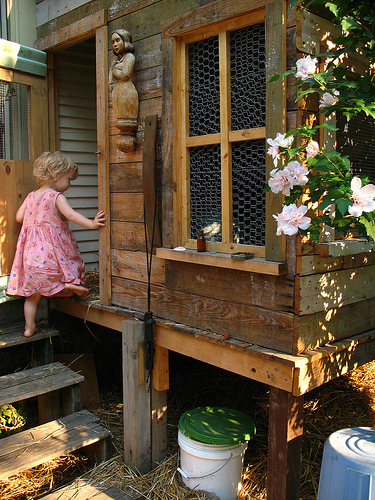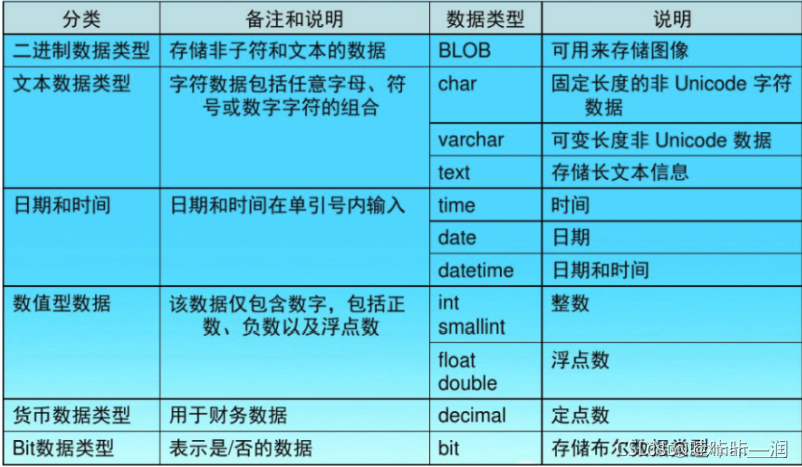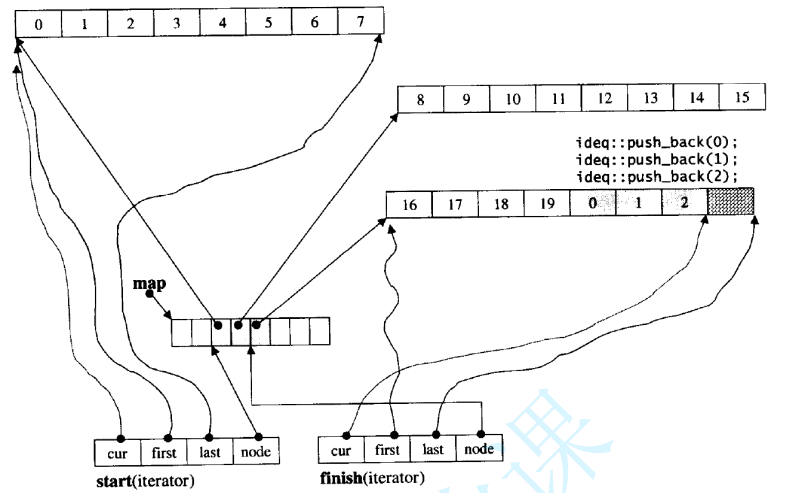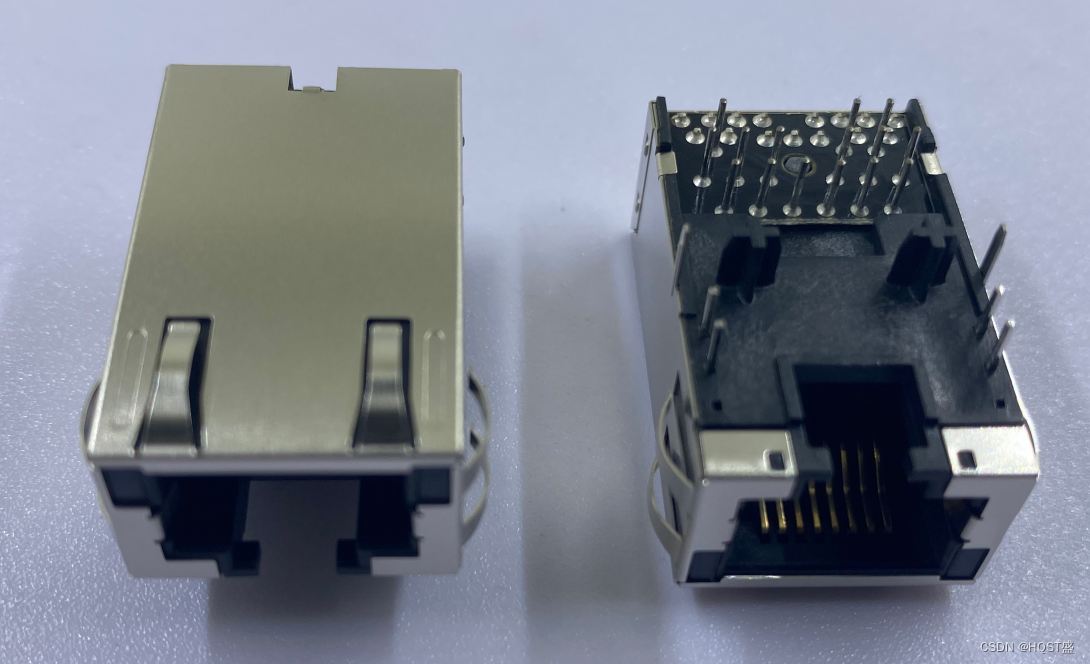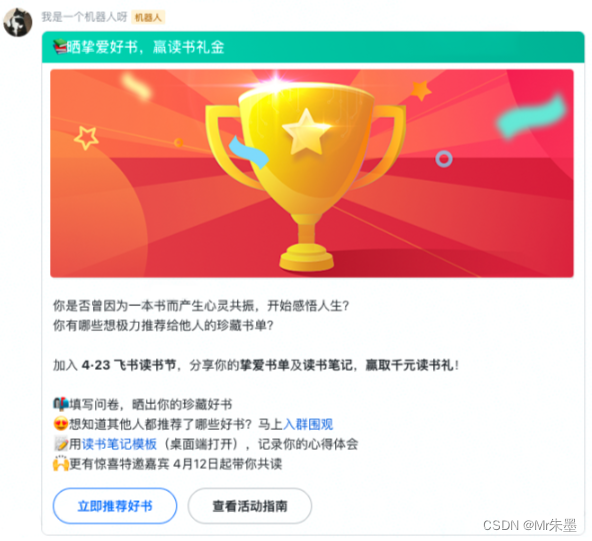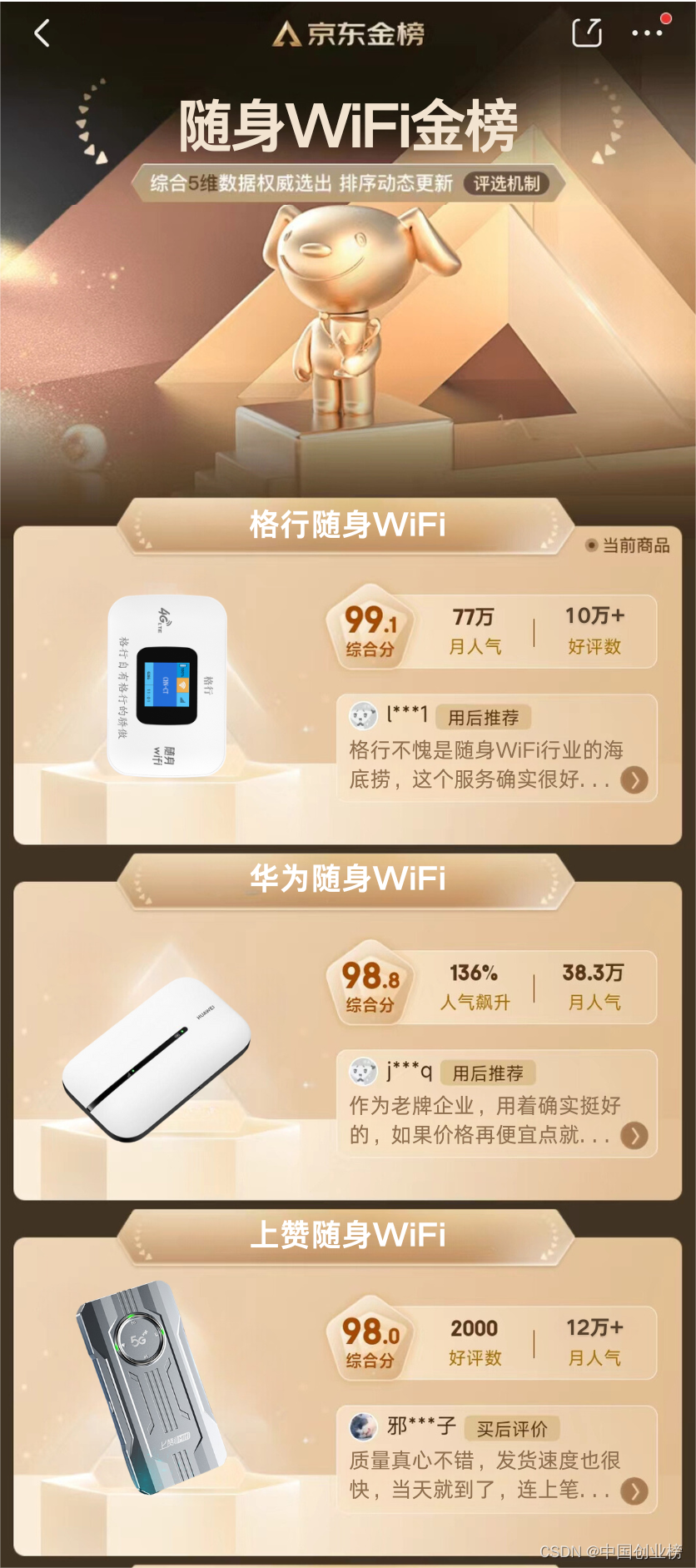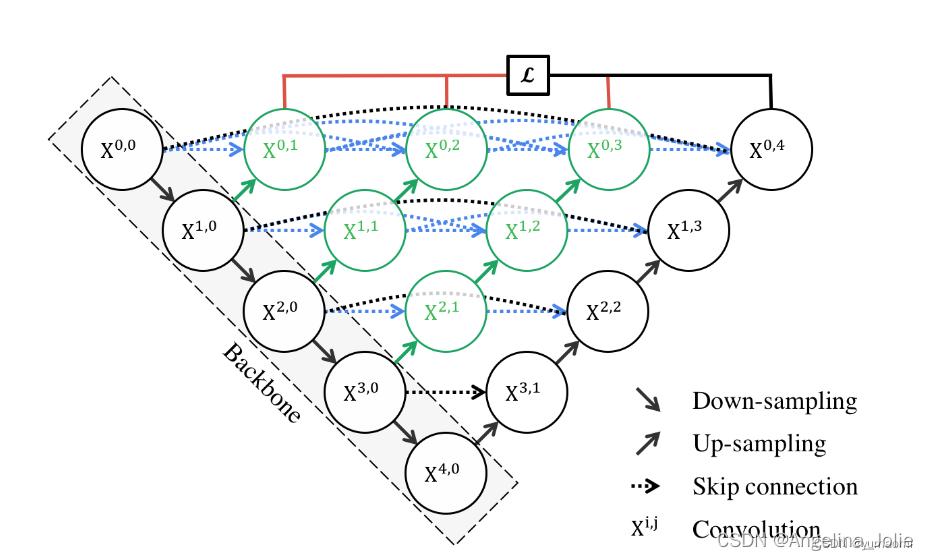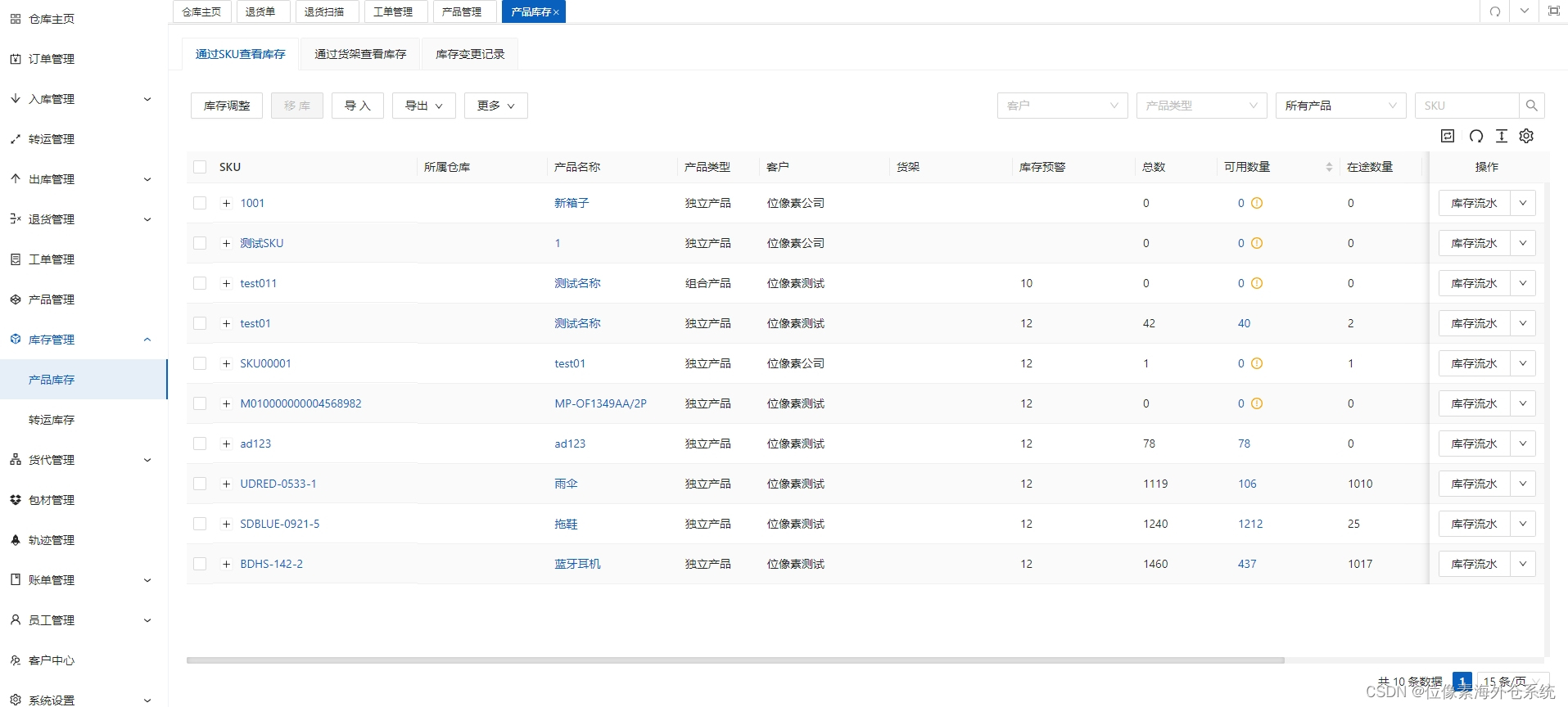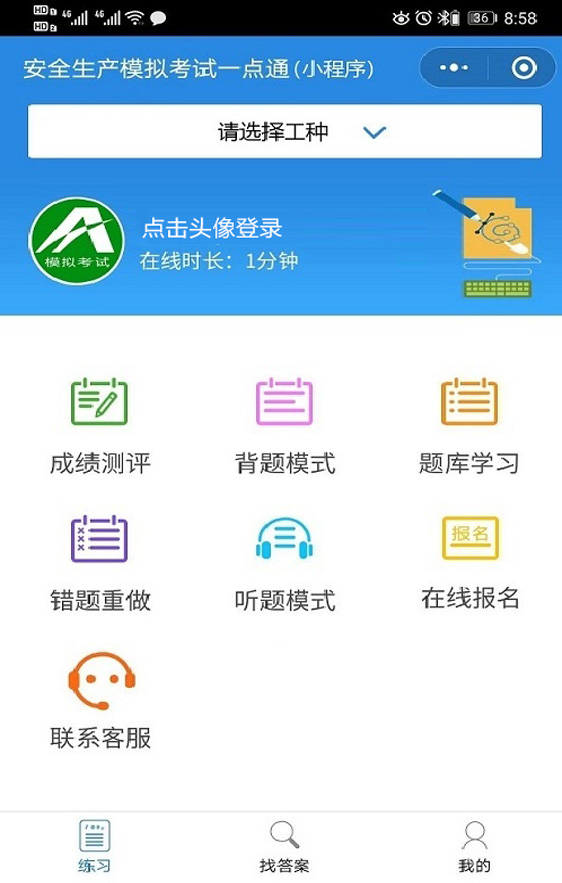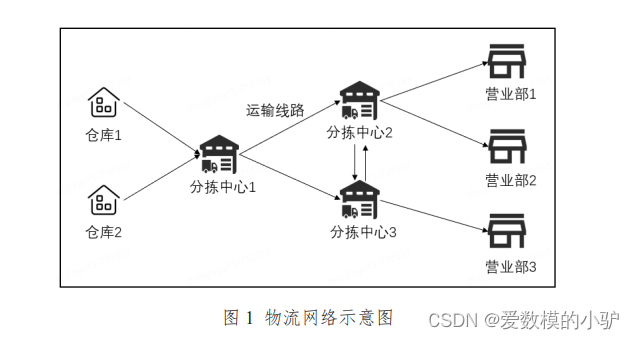一、Image-Text Retrieval (ITR , 图像文本检索)
任务目的:
检索与给定文本最匹配的图像,或者给定图像最匹配的文本。
跨模态图像-文本检索(ITR)是根据用户给定的一种模态中的表达,从另一模态中检索出相关样本,通常包括两个子任务:图像-文本(i2t)和文本-图像(t2i)检索。
数据集格式
以 filter8k数据集为例。官网🤠
其 caption target 的格式为
1000268201_693b08cb0e.jpg,A child in a pink dress is climbing up a set of stairs in an entry way . 1000268201_693b08cb0e.jpg,A girl going into a wooden building . 1000268201_693b08cb0e.jpg,A little girl climbing into a wooden playhouse . 1000268201_693b08cb0e.jpg,A little girl climbing the stairs to her playhouse . 1000268201_693b08cb0e.jpg,A little girl in a pink dress going into a wooden cabin . 1001773457_577c3a7d70.jpg,A black dog and a spotted dog are fighting 1001773457_577c3a7d70.jpg,A black dog and a tri-colored dog playing with each other on the road . 1001773457_577c3a7d70.jpg,A black dog and a white dog with brown spots are staring at each other in the street . 1001773457_577c3a7d70.jpg,Two dogs of different breeds looking at each other on the road . 1001773457_577c3a7d70.jpg,Two dogs on pavement moving toward each other .可以看到,每张图片配有五个不同的标题。图片和标题实况举例
image:
caption:
A child in a pink dress is climbing up a set of stairs in an entry way . # 一个穿着粉红色连衣裙的孩子正在爬入口处的一组楼梯。 A girl going into a wooden building . # 一个女孩走进一栋木屋。 A little girl climbing into a wooden playhouse . # 一个小女孩爬进了一个木制的剧场。 A little girl climbing the stairs to her playhouse . # 一个小女孩爬楼梯去她的游戏屋。 A little girl in a pink dress going into a wooden cabin . # 一个穿着粉红色连衣裙的小女孩走进一间木屋。
在训练时,image会经过数据增强,caption对一些噪声符号进行去除,然后每条注释格式会进行配对,(image,caption, idx)。其中idx是图像的索引。(idx用来索引图像,作为文本检索图像时模型的预测目标)
注意:这里 虽然是 单个图像与单个文本配对儿, 实际上每个图像对应五条文本,只不过不是一次性的训练,即 一图像与五条文本配对,而是分开的一对一作为样本对儿。
训练流程
1、 caption text 进行量化,text token送入 text encoder, image 送入 image encoder。
2、 计算ITC损失。 过程中利用idx构造真实图像文本匹配的one hot target。 可以参考这里 🐼 ,
3、 文本表征与图像表征送入多模态Encoder,进行融合前向处理。
计算 ITM损失。 可以参考这里 👿
evaluation流程
1、text token 送入text Encoder, image 送入 image Encoder
2、计算相似性矩阵。例如
sims_matrix = image_embeds @ text_embeds.t()主要目的是拿出image space 和 text space中最对齐的特征送入多模态Encoder中去。计算分数。
这个过程重复两次,一次是 i2t ,一次是t2i
最终返回的是匹配分数矩阵。
3、 进行评估。
评估细节用 工具 API实现的,因此这里不做详述。
实际使用推测猜想
本次没有做实际使用demo的相关代码阅读。不过根据evaluate,在实际使用的时候,不管是图像-文本,还是文本-图像,最终的检索结果只能包含于使用的训练数据集中。因为它是根据 索引去 选择预测的结果,而不是生成式的去生成结果。
因此,实际使用中,是需要有这样的一个包含 图像-文本 对儿的数据库去检索的,你输入的单一模态的数据可以不来源数据集,但是它会去数据集中匹配最佳的结果。而不是说像GPT那样你描述一个场景,它去给你生成。当然,GPT等可能也融合了这种检索任务,你描述的场景如果存在,就去检索,不存在则去生成。我感觉那种网上的搜索任务,比如根据问题描述去找解决办法,可以靠这种检索去实现。有的根据描述问题让GPT去编写代码,很大可能都是靠检索去完成的(利用一个很大的代码库,比如github上的,leetcode上的)。实际靠语言模型去回归预测代码的编写感觉不太靠谱。(只限于目前自己的联想,因为学习也是循序渐进的,视野也是逐渐走向开阔的,不可能保证一开始的认知就是正确的,哈哈。如有错误,请求指正。)
二、Visual Question Answering (VQA , 视觉问答)
任务目的
VQA的任务是通过理解图像中的内容并结合问题的文本描述,生成合适的答案 。
回答有关图像的问题。大多数研究人员将其视为一项分类任务,即从答案库中选择正确的答案。
通过给定一个图像和一段关于图像的自然语言,这个任务将提供一个精确的自然语言答案。这个任务可以映射到现实生活的场景中:比如说帮助视障人士,问题和答案都是开放性的。
数据集格式
以VQA 数据集为例,官网🤠
这个数据集的配置分成了四个部分:注释(即答案)、问题、图像、互补对其列表。
1、注释示例
{"question_type": "what is this", "multiple_choice_answer": "net", "answers": [{"answer": "net", "answer_confidence": "maybe", "answer_id": 1}, {"answer": "net", "answer_confidence": "yes", "answer_id": 2}, {"answer": "net", "answer_confidence": "yes", "answer_id": 3}, {"answer": "netting", "answer_confidence": "yes", "answer_id": 4}, {"answer": "net", "answer_confidence": "yes", "answer_id": 5}, {"answer": "net", "answer_confidence": "yes", "answer_id": 6}, {"answer": "mesh", "answer_confidence": "maybe", "answer_id": 7}, {"answer": "net", "answer_confidence": "yes", "answer_id": 8}, {"answer": "net", "answer_confidence": "yes", "answer_id": 9}, {"answer": "net", "answer_confidence": "yes", "answer_id": 10}], "image_id": 458752, "answer_type": "other", "question_id": 458752000} ============= {"question_type": "what", "multiple_choice_answer": "pitcher", "answers": [{"answer": "pitcher", "answer_confidence": "yes", "answer_id": 1}, {"answer": "catcher", "answer_confidence": "no", "answer_id": 2}, {"answer": "pitcher", "answer_confidence": "yes", "answer_id": 3}, {"answer": "pitcher", "answer_confidence": "yes", "answer_id": 4}, {"answer": "pitcher", "answer_confidence": "yes", "answer_id": 5}, {"answer": "pitcher", "answer_confidence": "yes", "answer_id": 6}, {"answer": "pitcher", "answer_confidence": "yes", "answer_id": 7}, {"answer": "pitcher", "answer_confidence": "yes", "answer_id": 8}, {"answer": "pitcher", "answer_confidence": "yes", "answer_id": 9}, {"answer": "pitcher", "answer_confidence": "yes", "answer_id": 10}], "image_id": 458752, "answer_type": "other", "question_id": 458752001},举了两个例子。可以看到一问题有10个答案。这里只列举了两个,其实看那个 image id,一个图片大概可以有五个问题,那么综合起来,每个图片有 5*10=50 个问答场景。
2、问题示例
{"image_id": 458752, "question": "What is this photo taken looking through?", "question_id": 458752000}, {"image_id": 458752, "question": "What position is this man playing?", "question_id": 458752001}, {"image_id": 458752, "question": "What color is the players shirt?", "question_id": 458752002}, {"image_id": 458752, "question": "Is this man a professional baseball player?", "question_id": 458752003},图像id, 问题caption, 以及 问题id。
3、 图像示例
{"file_name": "abstract_v002_train2015_000000011779.png", "image_id": 11779, "height": 400, "url": "http://visualqa.org/data/abstract_v002/scene_img/img/11779.png", "width": 700}, {"file_name": "abstract_v002_train2015_000000005536.png", "image_id": 5536, "height": 400, "url": "http://visualqa.org/data/abstract_v002/scene_img/img/5536.png", "width": 700}, {"file_name": "abstract_v002_train2015_000000016949.png", "image_id": 16949, "height": 400, "url": "http://visualqa.org/data/abstract_v002/scene_img/img/16949.png", "width": 700}, {"file_name": "abstract_v002_train2015_000000019949.png", "image_id": 19949, "height": 400, "url": "http://visualqa.org/data/abstract_v002/scene_img/img/19949.png", "width": 700},图像文件的name, 图像id, 图像的地址url,以及长和宽等信息
4、互补对齐列表示例
[158307014, 254204008], [158307013, 89462005], [472405000, 79224002]两个问题的id。这个是由于存在 当两个不同的图片伴相同的问题, 但是有着不同的答案的场景。
具体地示例展示
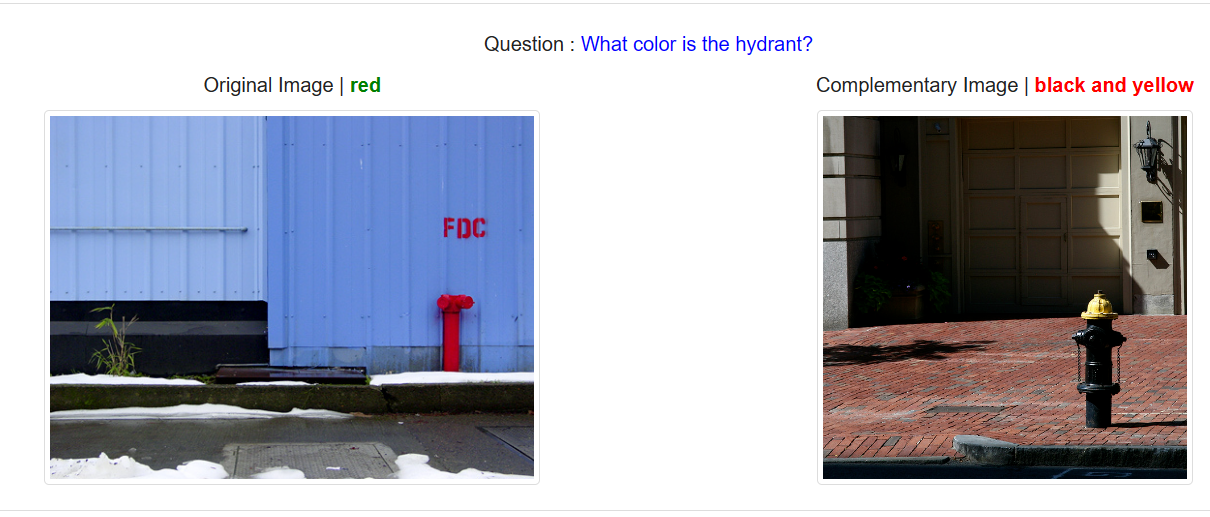
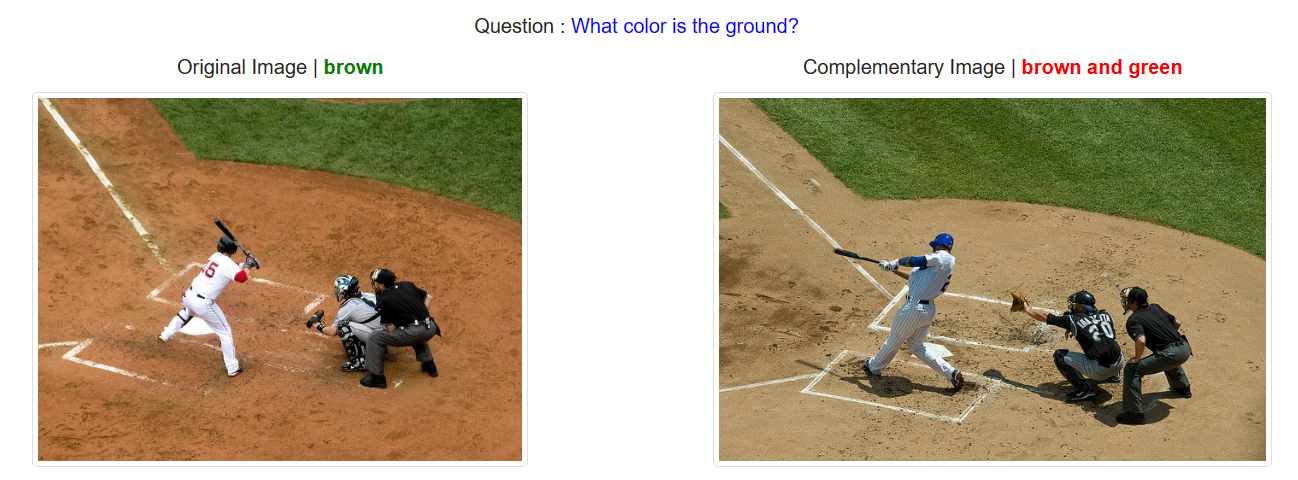
训练流程
以ALBEF算法中VQA流程的为例
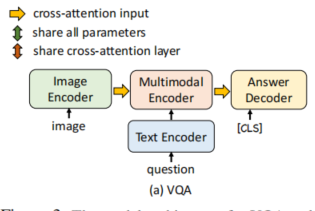
1、image 送入 encoder, 然后与 question token(量化后的) 一起送入Multimodal Encoder(这里 text encoder也一起包含其中了,区分就是Bert的前6层与后6层,以及多模态使用cross attention 层)
2、将 answer 的 token ,上面得到的question state 送入decoder,跟据Bert的流程去计算损失。
BERT在第一句前会加一个[CLS]标志,最后一层该位对应向量可以作为整句话的语义表示(即句子embedding),从而用于下游的分类任务等。与文本中已有的其它词相比,这个无明显语义信息的符号会更“公平”地融合文本中各个词的语义信息,从而更好的表示整句话的语义。
demo以及评估流程
1、将 question 的token 和 image token 送入 多模态Encoder,
2、 然后将answer 的 token, 上面的、得到的question states 送入decoder,采用 cls token对应的序列作为预测输出
